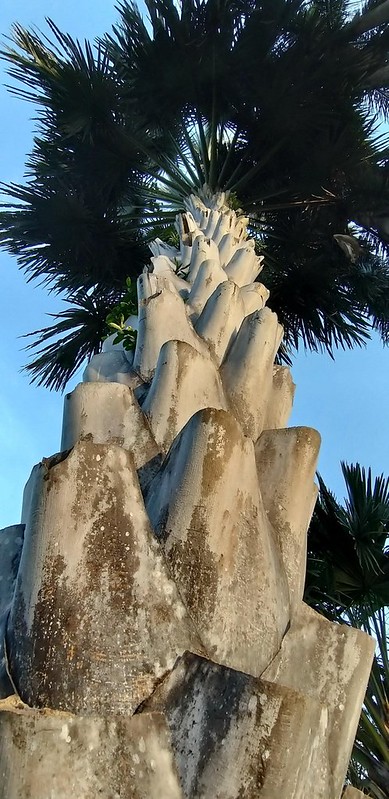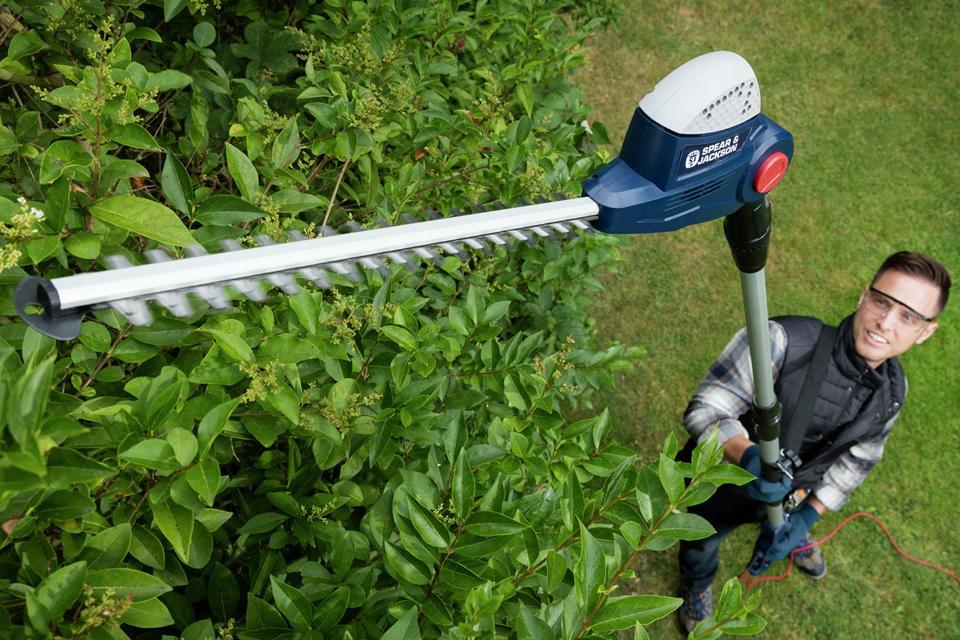Information Regarding the Palm Tree
Among the very beautiful, elegant and symmetrical of all tropical plants are the Palm trees or Palms. This long lasting tropical tree is native to South East Asia and Australia. DescriptionThe Arecaceae is an ancient family of annual flowering plants in the monochromatic order Arecaceae. They are native to the wet tropical forests of east Asia and parts of Australia. People that have a fleshy, tree-like type called palm trees are called palm trees.

Information Regarding the Palm Tree
The tree contains lots of beautiful flowers and a massive variety of edible fruits. The edible fruits of the tree can be eaten raw or used in their preparation by many civilizations. Palm stalks are used for the production of paper. Palm stalks can also be used for ornamental designs on jewelry. They make appropriate bases for birdhouses and also have strong wood tones.
Information Regarding the Palm Tree
In addition to their edible fruit, the Palm tree has two main sorts of blossoms, the blooming stamen and the calyx which usually grow in clusters of three. These flowers can be single, group of three flowers. There are a couple palm species which produce single blossoms and these are known as monopodial blossoms. The calyx has a solitary blossom of white blossoms and these are termed calyxes. Palm leaves are oval in shape and they’re green in color.
Palm tree leaves and Palm tree blossoms have several distinct differences. The Palm stems flowers stems are bushy and a few have a flower head that looks like a little cactus. The flowers are generally small, roughly one inch in diameter, with one centre globe shaped calyx and usually a few petals if you can find five blossoms in a head. The calyx separates the world from the rest of the blossoms by a thin line. Palm blossoms have a brief lifespan of 2 years. They do not replicate rapidly.
The other main classifications of Palm tree are Bignonia, Grewia, Hippelis, Liburna, Molossa, Palmetto, Planter and species. All these genera belong to the Bignonia family of palms and all of them have five subgenera. All these subgenera are native to Africa but they have spread out to other parts of Asia and other tropical regions. The subgenera of those genera are: African, Egyptian, Indian, Taiwanese, Thai and Sumatran. The subgenera of these genera are: Acacia, Anemone, Bayberry, Bush, Catarrh, Carrottail, Cyprus, Evergreen, Ficus, Harley, Japanese, Maramba, Mozambique, Palm, Paphi, Pangau, Pigtail, Red Sea, Siciliana, Sunflower, Unaware, along with Western Red.
Palm trees may also be categorized according to the type of habitats they develop in, while it’s tropical semi-tropical or chilly. Most palm trees grow in tropical tropical regions however there are a few exceptions like the Anemone palms which grow well in humid and warm conditions. The palms are categorized according to the kind of sap they create. Humid and wet kinds of sap produces the fruit, whereas drier and trendy sap produce the leaves. This classification is often used by botanists and palm growers.
The palm tree stem can be cracked open to reveal that the”brains” of the plant which are covered with small roots that are pointed. The”brains” are hollow and filled with interlocking tiny teeth and these teeth are what provide the plant . The interlocking and teeth-less roots may also be found on the outside parts of their”brains” on the trunk and branches of the plants. The inner portion of the trunks are made up of soft tissues and this is the portion of the palm that supplies energy and nourishment into the developing fruits.
Palm trees are usually categorized into two different seeming varieties: the Drywood Palm along with the Water Palm. The Water Palm is located in different areas around the globe while the Drywood Palm grows in North America, Africa, Australia and Asia. These plants are both quite easy to maintain. If one is trying to find a specimen shrub, a Water Palm is the best option since it is extremely flexible to grow and has big and round contour bluish green leaves that easily blends with its environment.
